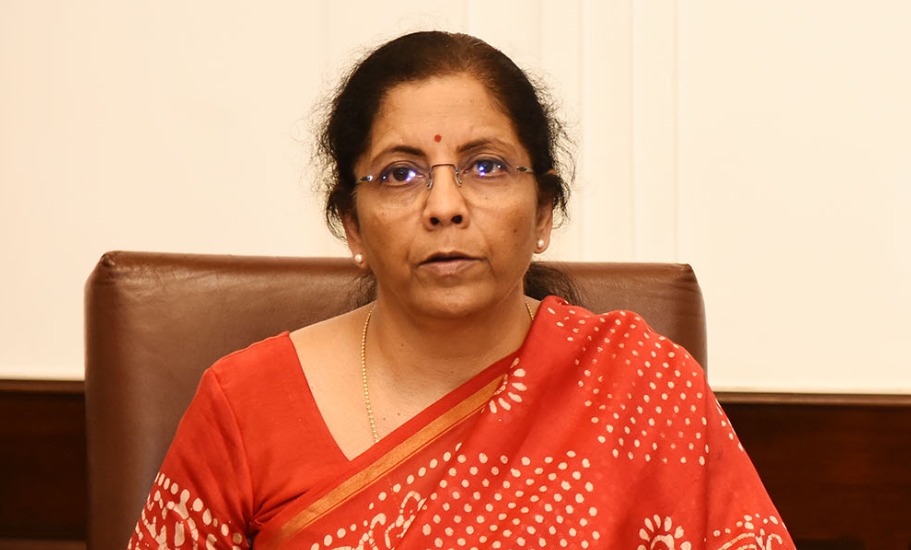
A first since Independence: Budget to be paperless due to COVID scare
The government has decided to make this year’s budget completely paperless amid fears over the spread of coronavirus through physical contact and apprehensions about a long tradition of budget on paper getting broken.The decision to go paperless was based on advice from health experts, who advised that papers not be touched to minimise the chances of the spread of COVID.

The government has decided to make this year’s budget completely paperless amid fears over the spread of coronavirus through physical contact and apprehensions about a long tradition of budget on paper getting broken.
The decision to go paperless was based on advice from health experts, who advised that papers not be touched to minimise the chances of the spread of COVID. It will be for the first time since Independence that the Union budget papers will not be printed.
The government has obtained the permission of both houses of parliament to distribute soft copies of the budget. Some members of Parliament who are not familiar with IT may find it difficult to pore over the soft copies. The government has, however, said that these are extraordinary circumstances and everyone will have to adjust to it.
Also read: From COVID’s ‘deep abyss’, economy reflating faster than expected: RBI
The soft copies could also be a problem for media persons, who may not be able to do immediate reporting.
Besides, the halwa ceremony, which marks the beginning of the printing process of the budget papers, will also be done away with this year.
It’s not just the budget, the economic survey will also be paperless.
Finance minister Nirmala Sitharaman will present the Union budget on February 1, in what will be an attempt to ensure that the initial signs of recovery of an economy battered by COVID get more fillip.
Sitharaman had said in December that the budget will lay focus on higher spending to lay the foundation for stronger growth of an economy that is expected to contract by about 7.7 per cent this fiscal.
“I would think 2021-22 will be very big, good traction year for achieving a really good rate of growth that itself is going to be a launching pad for 4-5 years of growing at a good speed, provided we do enough on the budget and spend on infrastructure,” she had said at the Reuters Global Investment Outlook Summit, 2021, in New York.
Also read: India’s economy likely to contract 7.7% in 2020-21: Govt data
“I have to be conscious that if I don’t spend now, then the stimulus is meaningless, if I don’t spend now the revival is going to get deferred and we can’t afford that.”
The better-than-expected recovery of the economy from the COVID lows has given rise to calls for higher spending to ensure the growth continues. The government has on many occasions said during the COVID pandemic that it will not go all-out with fiscal stimulus and would rather wait for an opportune time to increase spending after convincing signs of growth become visible.
The government has spent only an additional 1.5 per cent of GDP to combat the impact of COVID on the economy, leaving it with ample room to increase spending. In fact, the Prime Minister’s Economic Advisory Council, Niti Aayog and the Chief Economic Advisor’s office have recommended that the budget be expansionary to reinforce the recovery and advocated following the Keynesian philosophy that says during times of severe economic recession only government spending can bring back growth, reported The Indian Express.


